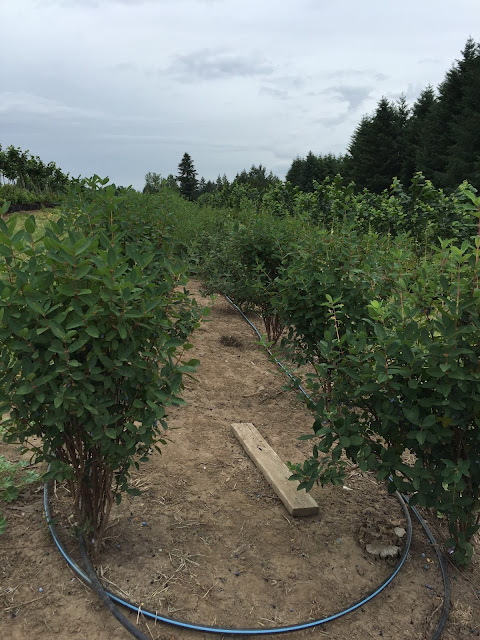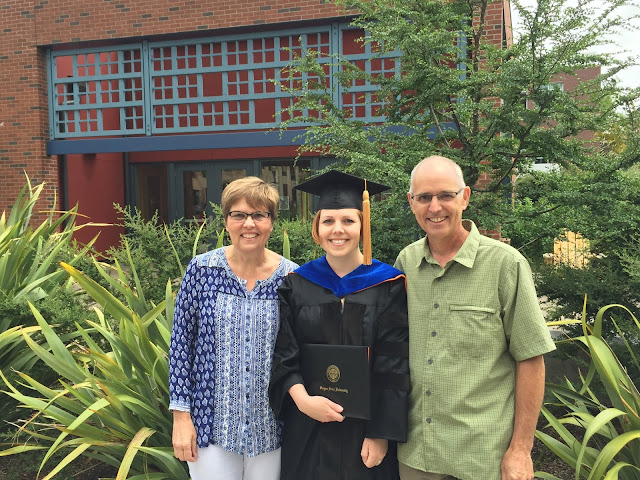I've done fall colors every year, but this year there seems to be a lot more variation in the fall colors of the hazelnuts.
This one by our deck has a dark red color.
This one by the garden which came from northern Minnesota has more of an orange color.
We were hiking near Pequot Lakes, MN and found these hazelnuts with a reddish orange color. I tried to find some of the nuts but they were long gone.
This is another picture of hazelnuts from the same area with a darker red-green color.
These tubular shapes hanging from the twig are the catkins (male flowers) of the wild hazelnuts near Pequot Lakes. They will stay attached to the twig all winter and after opening to release their pollen in the spring will fall off.
This is one of my hazelnuts I planted 4 years ago that is over 5 feet high located at my son's house in Lino Lakes, MN. This plant has not produced any nuts yet but should have this year.
Here I'm looking for catkins on that same plant which is a good indicator of a mature plant that will flower next spring. The type of catkin will also give me an idea of the genetic back ground of the plant.
These are some of the hazelnut catkins that I found on the plant. Note the 3 catkins on one stem. Cluster of catkins like this usually indicate a hybrid hazelnut of the European type.
The catkins here are in sets of 1, 2 & 3 on another plant at that location. That indicates this plant has a very diverse genetic back ground. This plant was also damaged by Japanese beetles, and may have problems producing a large crop of nuts next year.
This is another plant that was badly damaged by Japanese beetles. On this plant the catkins are in sets of 1 & 2.
This hazelnut at my orchard has a single catkins held tight to a branch. The catkin scales are a dirty brown with a short stalk. This plant produces a very thick shell, small nut and the plant tends to sucker up, which indicates a more of wild American hazelnut (C. Americana) in its genetic make up.
This is an other hybrid hazelnut growing in our orchard. The catkins are in clusters of 2 to 4 on one stem and are a light green color. The nut from this plant has a thin shell, a larger kernel and a milder taste.
These short catkins are in groups of 2 and in an upward position. This plant is a typical beaked hazelnut (Corylus cornets).
The catkins here are in clusters of 2 to 4 with some pointing upward. The nut is very thin and the husk is almost beak like. That indicates a very diverse genetic background.
This cluster of longer green catkins are a typical hybrid of the European hazelnuts (Corylus avellana). The husk on this plant is open and the nut tends to drop out.
The catkins tend to be a good indicator of the type of nut and some of the general genetics of the plant. This may not always be the case because I do have a couple hazelnuts that do not have the male catkins at all and the still produce good nuts. I've also found that plants with these types of catkins are more susceptible to EFB (Easter Filbert Blight).
While on vacation this summer I toured Birkemier Farms & Nursery and learned how they propagate most of their hazelnuts. The layering technique is not new but they do a good job in simplifying the process.
This year I'm trying it on some of my better cultivars using the same methods Birkemier Nursery uses. I have tried layering before but have had mixed results.
In the spring I cut one or two of the main stems off and by mid summer the plant will produce these immature stems (suckers) from the ground.
Next I restrict the bottom of the stem by using a hog ring pliers to clamp a metal ring on the stem.
In this picture you can see the metal ring on the bottom of the stem. After the ring I apply some rooting hormone around that area.
After the hog ring and rooting hormone I layer the area around the plant with a foot of compost. In this picture I've done this to 3 of the immature stems.
As you can see here I needed a little deer protection to prevent them from nipping off the tops of these new suckers that I just layered.
This is my first plant that I layered 2 years ago in the late summer and transplanted this spring. The plant is over 5 feet tall and has catkins this year.
The propagation by layering will help guarantee a better plant for people who want a specific trait, and a crop in just a couple years. The open pollinated seedlings I have now only have about a 50% chance of being the same or better then the parent plant and will produce a crop in 3 to 4 years. The seedlings though are much easier to transplant and take care of than the larger layered plants.














































